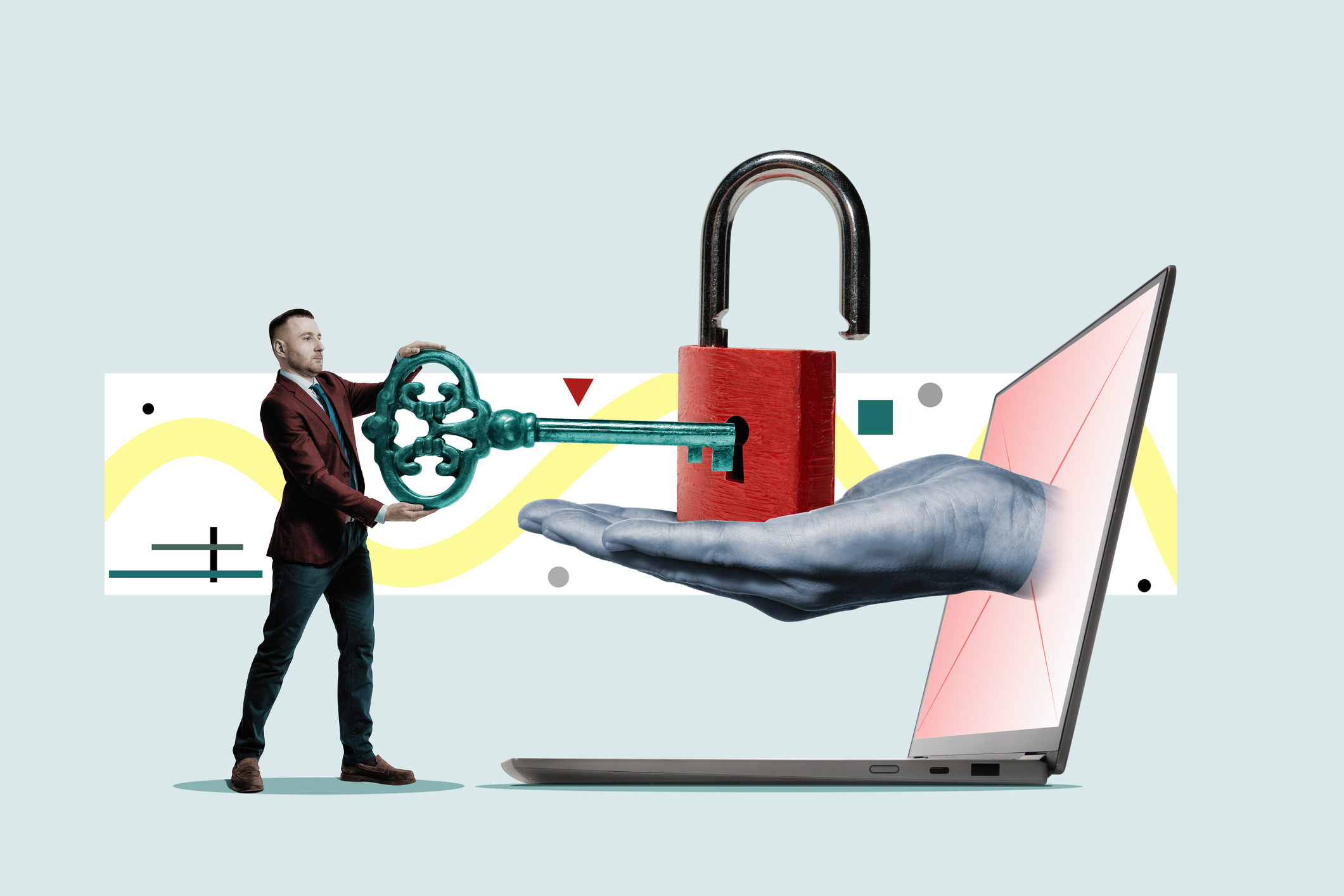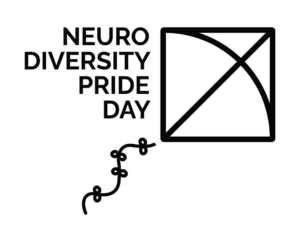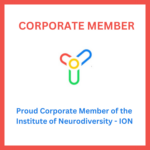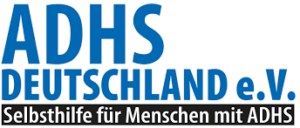In today’s rapidly evolving workplace landscape, the integration of technology tools has become indispensable for enhancing productivity and inclusivity. For neurodiverse talents, these tools offer invaluable support, helping them navigate challenges and leverage their unique strengths. In this article, we’ll explore how technology tools like text-to-speech, speech-to-text, organizers, mind mapping, and more can empower neurodiverse individuals in the workplace.
Introduction to Neurodiversity in the Workplace
Neurodiversity refers to the natural variation in cognitive functioning present in the human population. Individuals who are neurodiverse, such as those with ADHD, autism, dyslexia, or other conditions, often possess exceptional talents and perspectives. However, they may also encounter challenges related to communication, organization, and information processing.
Harnessing the Power of Technology Tools
- Text-to-Speech (TTS): Text-to-speech technology converts written text into spoken words, allowing individuals to absorb information through auditory channels. For neurodiverse individuals with reading difficulties or auditory learning preferences, TTS tools facilitate comprehension and information retention.
- Speech-to-Text (STT): Conversely, speech-to-text technology enables individuals to dictate spoken words that are then transcribed into written text. This tool is beneficial for neurodiverse individuals who may struggle with written communication or spelling, allowing them to express their thoughts more fluidly.
- Organizers and Task Managers: Organizational tools help neurodiverse individuals stay on top of their tasks and deadlines. Features such as reminders, calendars, and task prioritization functionalities aid in time management and reduce the risk of overwhelm.
- Mind Mapping Software: Mind mapping tools provide a visual way to organize thoughts, ideas, and information. For neurodiverse individuals who think in a nonlinear fashion or struggle with linear text-based formats, mind maps offer a flexible and intuitive method of brainstorming and planning.
- Focus and Distraction Management Apps: Technology tools designed to minimize distractions and enhance focus are particularly beneficial for neurodiverse individuals who may struggle with attention regulation. Features such as timers, website blockers, and noise-cancelling applications promote productivity and concentration.
The Impact on Workplace Inclusivity and Productivity
By integrating these technology tools into the workplace environment, employers can create a more inclusive and supportive atmosphere for neurodiverse talents. Not only do these tools address specific challenges faced by neurodiverse individuals, but they also unlock their full potential, allowing them to contribute meaningfully to team projects and organizational goals.
Conclusion: Embracing Technological Solutions for Neurodiversity
In conclusion, technology tools play a pivotal role in empowering neurodiverse talents in the workplace. By leveraging text-to-speech, speech-to-text, organizers, mind mapping, and other tools, employers can facilitate communication, enhance organization, and promote productivity among neurodiverse individuals. Embracing these technological solutions not only fosters workplace inclusivity but also maximizes the diverse talents and perspectives of all employees.








